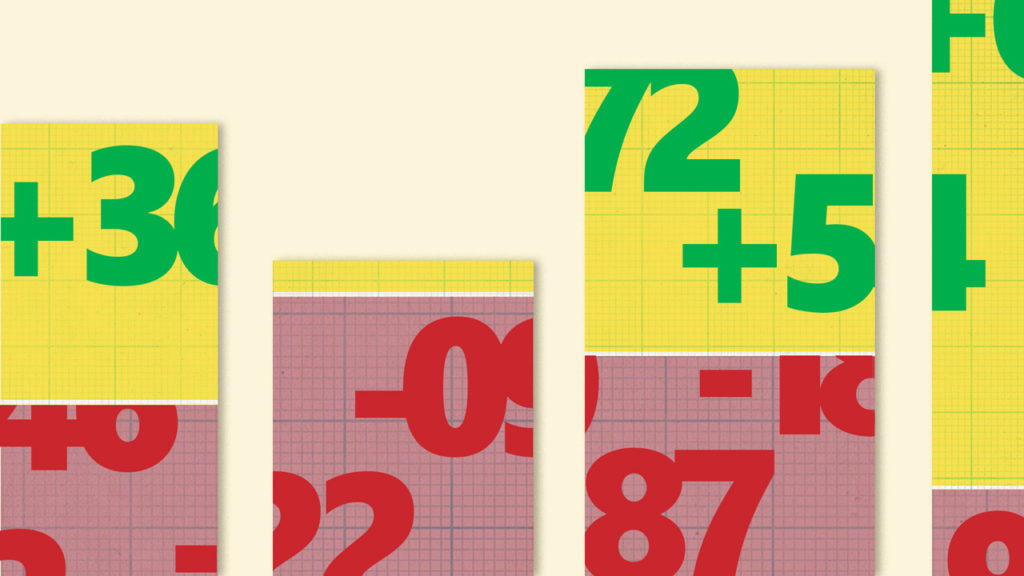Panera has become one of the earliest adopters of augmented reality (AR) in the fast casual space and its first major foray into AR has paid off big time. In November, last year, the company launched an AR ad campaign for mobile devices that animated one of its breakfast wraps, revealing details about the item’s nutritional information and ingredients. The ad, which required no app download, let users experience the wrap then share the assets to Snapchat and Facebook. The campaign reached 9.3 million users, received 47,000 shares in total and 171,000 users clicked through or swiped up across both Facebook and Snapchat.
The AR campaign cost Panera $50,000 on Facebook and Snapchat, respectively. That was a small price to pay given the return: 25 percent of users who clicked through and engaged with the ad on Facebook went to a Panera location for a total of 34,000 store visits. On Facebook, the ad unit amassed 135,703 link clicks and the average view time totaled nearly eight seconds.
Equally successful on Snapchat, Panera’s AR campaign received 4.5 million impressions and about three percent of users, or 1,019 customers, who swiped up made a digital Panera purchase after experiencing the ad.
To first gauge its customers’ response to AR, Panera eased into things with its “YouMix2” campaign, which included a Snapchat lens that let users visually customize and view menu mash-up items. Data from the “YouMix2” informed the interactive AR campaign, which ultimately enabled Panera to create a more meaningful experience and play into a larger transparency story.
“I don’t want to do AR just for the sake of AR. For us it’s about continuing to obsess over what our customer wants and then figuring out how we can deliver it. We’re thinking deeply about how AR can impact the lives of our guests in a positive manner and how to build out a meaningful value-add experience for them. The ad unit gave us a huge opportunity to maintain our transparency as a brand as it identified the wrap’s nutritional facts, the ingredients and where they were sourced,” Scott Nelson, Panera’s VP of marketing, tells AList.
Panera has been laying the groundwork for improved customer experiences via various technology investments over the last few years. In 2018, the company introduced self-service digital kiosks and rolled out nationwide delivery. Through orders placed online, the app and kiosks, Panera’s digital sales represent over 35 percent of total company sales. Last year it expanded delivery through DoorDash, Uber Eats and Grubhub. Plus the company’s loyalty program currently has a whopping 37 million members.
Beyond supporting food brands’ digital touchpoints, AR is helping drive craveability, which recent data on AR cuisine show.
“Our partners QReal completed a study on augmented reality with Oxford University, Newcastle University and The University of New South Wales. We now have statistical data to prove that people are more likely to crave a dish when viewing it in full photogrammetry (a photo-realistic 3D model) in front of them,” Matt Maher, founder of M7 Innovations, the company behind Panera’s AR-enabled mobile ad unit, tells us.
Last year, in its ongoing effort to be transparent about its offerings, Panera enlisted Maher’s team to fly drones over Panera Farms in Arizona. The result was a 45-second video spot for the brand’s “Behind-The-Counter” series and television spot showcasing the clean ingredients used in the brand’s dishes.
“If you look at the spectrum of the Panera business and all the different digital touchpoints, it absolutely makes sense for us to further integrate [AR] where we can and when we can. We’re learning to test and experience the phases quickly and the data speaks for itself, so we do have plans to further develop AR capabilities throughout the Panera ecosystem,” Nelson said.

